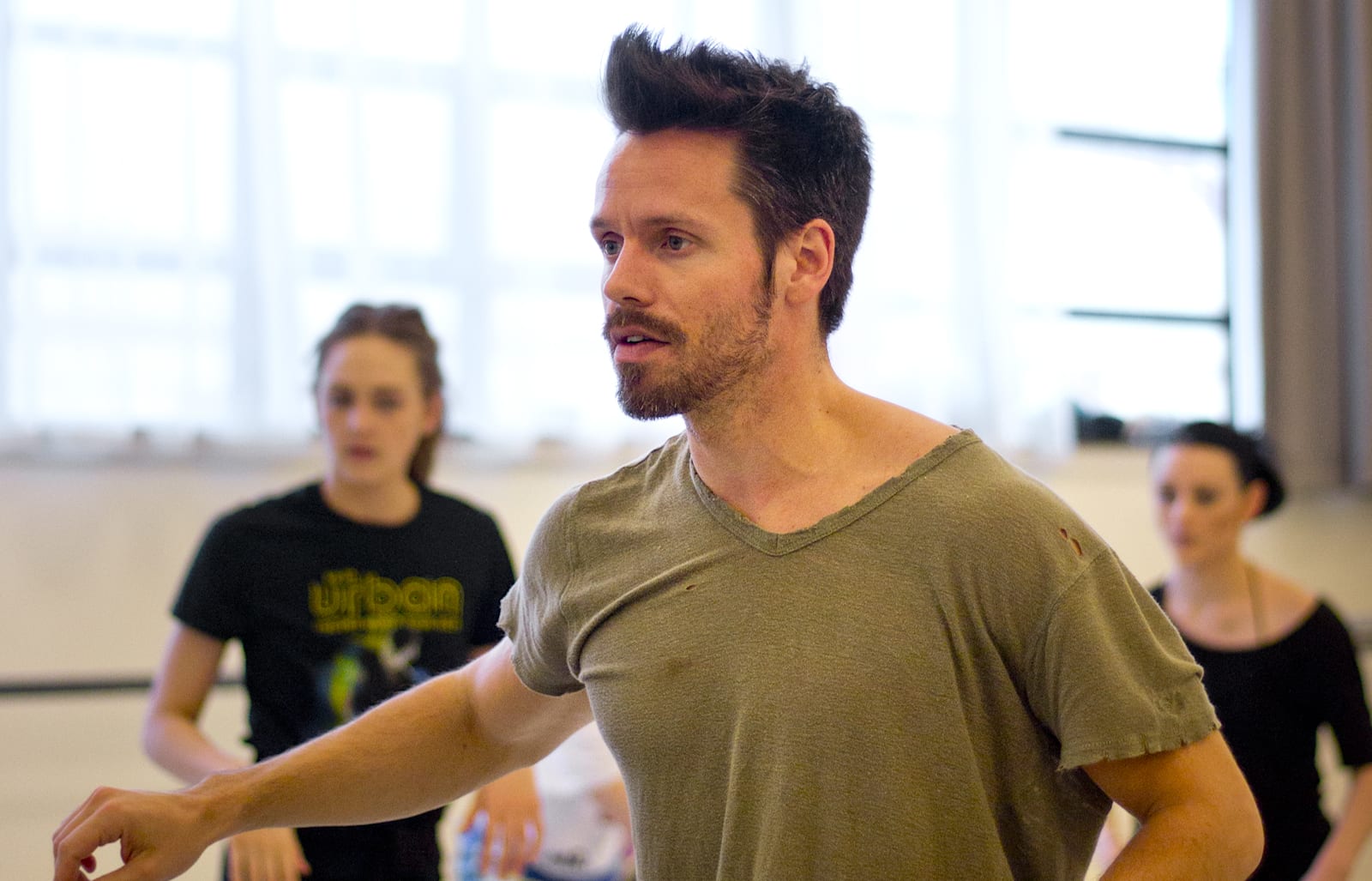Alexander Ekman, top international director and choreographer, is back working with the Royal New Zealand Ballet for the midwinter touring programme Three by Ekman.

Alexander Ekman at RNZB studios Photo: TM Rives
One of the works, Cacti was performed as part of the RNZB’s Speed of Light tour last year and such was the response they will reprise that work alongside Tuplet and Episode 31. Tuplet was created for Cedar Lake Contemporary Ballet and Episode 31 for the graduating dance students at Juilliard.
What the pieces all have in common are rhythms as complex and exuberant as you could wish for, and with the New Zealand String Quartet performing on stage with the dancers it’s quite a challenge of timing and staging, not to mention dancing.
“I love rhythm,” Alexander Ekman says.
“For me it’s a great mystery. I always like to think about what rhythms work and do we have some kind of universal rhythms?
“Rhythm is such a human thing.”
For Ekman, the process of discovering a rhythm involves tapping and slapping the body until he finds something that clicks. That process is recorded by his assistants.
“That’s the great thing about our job and creation in general… if you don’t know, then find something; then it exists,” he says.
“There are days when I’m super creative. Some days the creation process doesn’t come all the time. There’s no logic to creation.”
The returning Cacti is a humorous piece which pokes fun at the art world. It came out of being “roasted” by critics in London, Paris and New York.
“It’s not really nice how they are talking. They can be mean. Where does it come from?” he asks. “It can be hurtful as an artist. This was my comeback.”
And when the critics realise it’s about them, there’s a mixed reaction. “They either says it’s great or they don’t write anything about it. That’s their power.”
Episode 31 was the 31st piece of work created by Ekman. His goal was to create an intense energy which can be felt.
“It’s an abstract work that leave you with a feeling,” he says.
He took the Juilliard students, for whom he wrote the piece, out into New York and onto the subway to perform. He did it for enjoyment, more than anything else.
“I just want to have fun,” he says. “For me that’s what it’s getting back at when things get so serious.
“Life is so hard sometimes, so it’s important that we remember to have fun.”
Tuplet is described by Ekman as ‘the’ rhythm piece; it tells the story of life, in fast-forward.
Just like the other two, Tuplet is also physically demanding, and Ekman expects the best from the dancers.
He challenges them every step of the way, asking if they are being the best they can be. He does it from a place of “love and respect” and says he’s seeing dancers grow and respond.
“I hate mediocrity. It’s such a dangerous path for us to go down and a boring one too,” he says.
“We have to remember why we are here. We are going to make the best so ever so the audience can walk away uplifted and amazed.”
Keeping the audience captivated, rather than entertained, is his goal.
“I have no rules for my work. I want my work to surprise and I want to keep the audience captivated at all times.”

